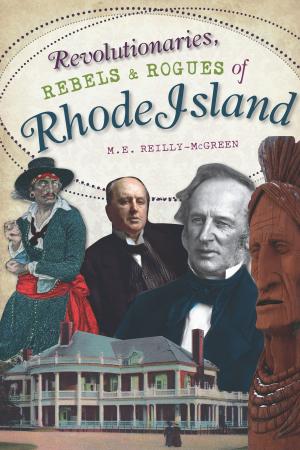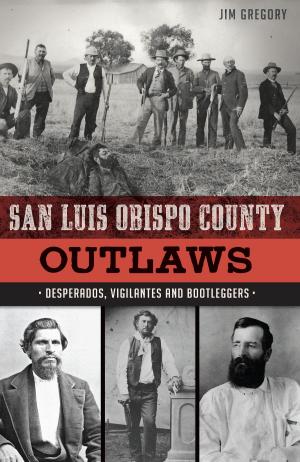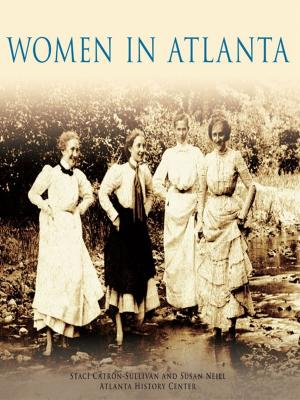Early Los Altos and Los Altos Hills
Nonfiction, Travel, Pictorials, Art & Architecture, Photography, History| Author: | Don McDonald, Los Altos History Museum | ISBN: | 9781439624920 |
| Publisher: | Arcadia Publishing Inc. | Publication: | March 29, 2010 |
| Imprint: | Arcadia Publishing | Language: | English |
| Author: | Don McDonald, Los Altos History Museum |
| ISBN: | 9781439624920 |
| Publisher: | Arcadia Publishing Inc. |
| Publication: | March 29, 2010 |
| Imprint: | Arcadia Publishing |
| Language: | English |
Los Altos would never have existed if not for the Southern Pacific Railroad. Since the 1850s, Los Altos, Spanish for �heights� or �foothills,� was the name generally applied to the two ranchos (San Antonio and La Purisima Concepcion) between Palo Alto and Mountain View southwest of El Camino Real. In 1906, visionaries Paul Shoup, who worked for the railroad, and Walter Clark, a Mountain View real estate developer, saw the potential to turn Sarah Winchester�s ranch near Stanford University into an ideal San Francisco suburb. They would capitalize on new commuters�those who wanted to live in comfort in the country but work in the city. Slowly, a new town grew in influence well beyond its original Altos Land Company plat, realizing tremendous post�World War II expansion. Now two communities solidly embedded in Silicon Valley, Los Altos and Los Altos Hills share a school system, downtown shopping, libraries, and water system, as well as a history of interesting people.
Los Altos would never have existed if not for the Southern Pacific Railroad. Since the 1850s, Los Altos, Spanish for �heights� or �foothills,� was the name generally applied to the two ranchos (San Antonio and La Purisima Concepcion) between Palo Alto and Mountain View southwest of El Camino Real. In 1906, visionaries Paul Shoup, who worked for the railroad, and Walter Clark, a Mountain View real estate developer, saw the potential to turn Sarah Winchester�s ranch near Stanford University into an ideal San Francisco suburb. They would capitalize on new commuters�those who wanted to live in comfort in the country but work in the city. Slowly, a new town grew in influence well beyond its original Altos Land Company plat, realizing tremendous post�World War II expansion. Now two communities solidly embedded in Silicon Valley, Los Altos and Los Altos Hills share a school system, downtown shopping, libraries, and water system, as well as a history of interesting people.















